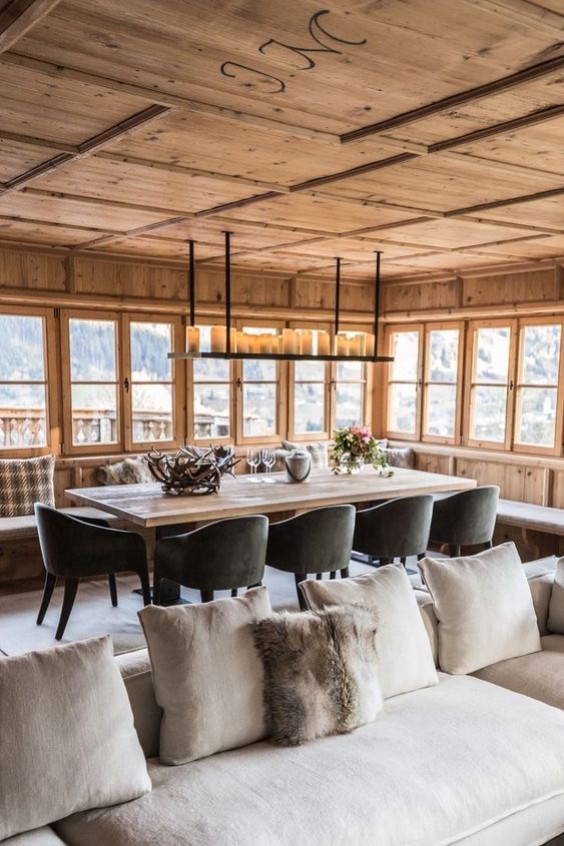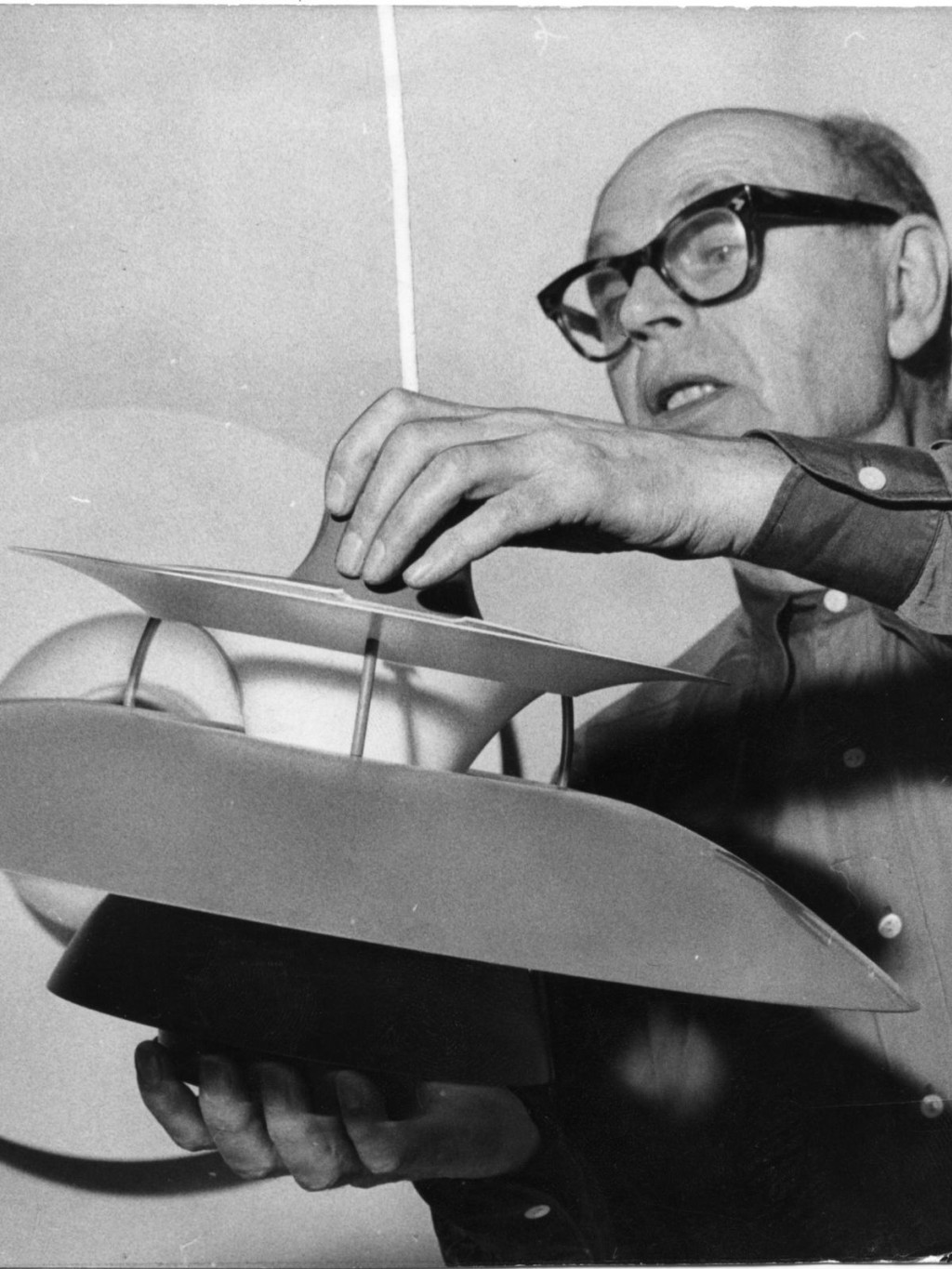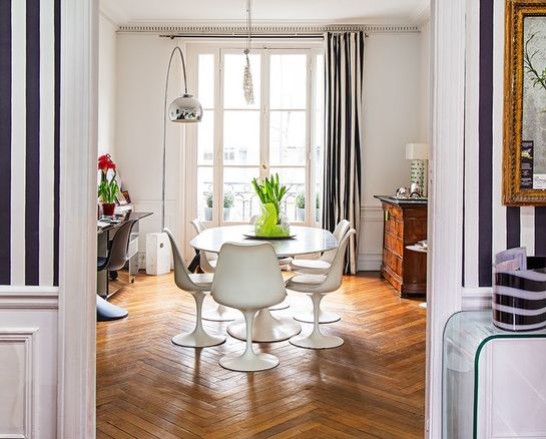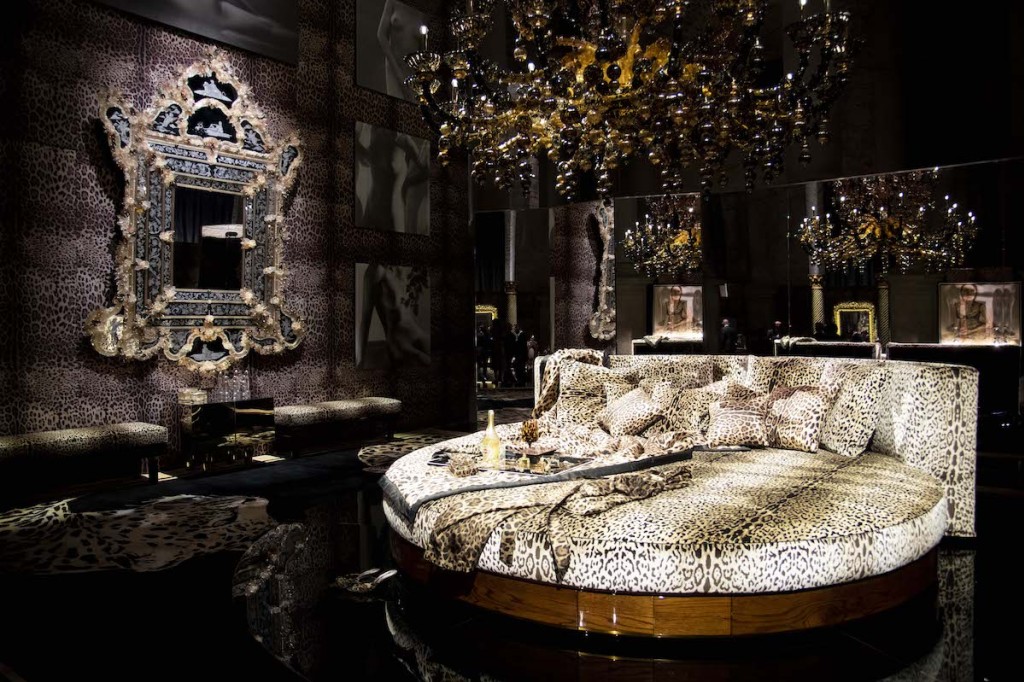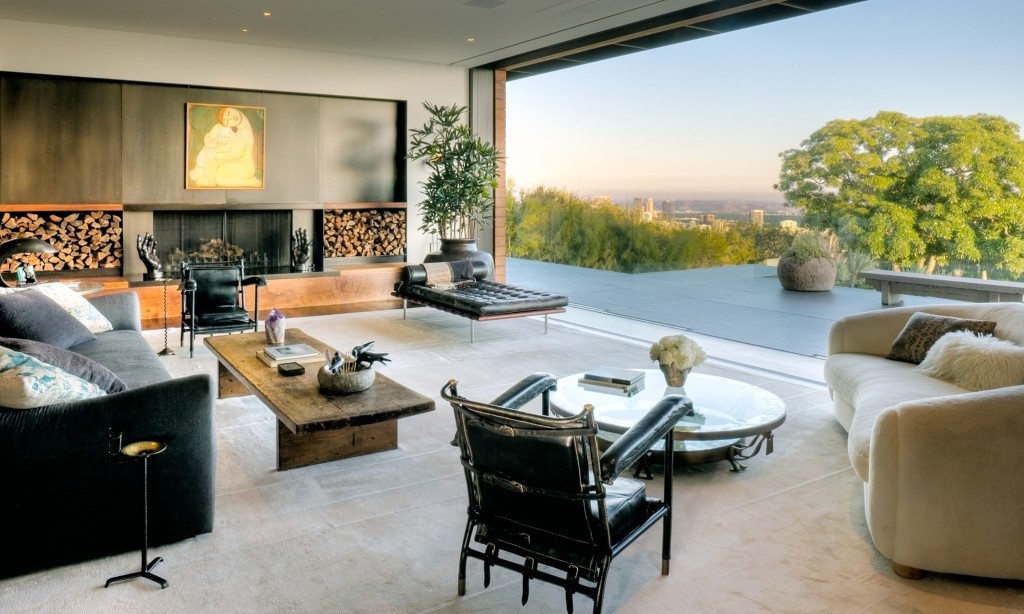Rugs have become a design staple. It dresses with elegance the interiors, all styles are allowed, from the most classic to the most contemporary. Many contemporary designers express their creativity by designing models for publishers. Interestingly, the art of weaving regularly returns to the forefront with exhibitions that consecrate its most famous representatives. In 2018, London's Tate Modern dedicated a major retrospective to textile artist Anni Albers. This article looks back at the history of the rug and tapestry and its evolution over the course of the twentieth century.

Rug making can be traced to ancient Mesopotamia and Turkey as far back as 7,000 and 8,000 B.C., before its spread to Egypt (wool and cotton), and then to Mongolia and China. The oldest carpet that has come down to us, the Pazyryk carpet, dates back to the 5th century BC, during the Persian Empire. It was made by the nomadic tribes of the Silk Road. The carpet then fulfilled multiple uses, serving in turn as a blanket, mattress, tablecloth, or even a movable partition...
Imported to Europe by Italian merchants, the carpet experienced a 1er golden age in the sixteenth century, when magnificent Persian carpets woven of silk and velvet served as diplomatic presents in the great European courts. In France, Henri IV created in 1650 the Manufacture de la Savonnerie - since integrated into the Manufacture des Gobelins -, specialized in the manufacture of velvet carpets for the French Court. It was also at this time that the first "footed carpets" appeared: whereas carpets had previously been used to cover furniture and warm rooms, like a tapestry, people were now allowed to walk on them and sit on them.


</p!-- wp:paragraph -->
Oriental carpets, symbols of voluptuousness and exoticism, were highly prized in the 19th century, before the Industrial Revolution disrupted weaving. European carpet production was industrialized with the introduction of weaving machines. In reaction, William Morris, a figure of the decorative arts and the Arts and Crafts Movement, began to produce his own rugs
Now produced in large quantities, carpet designs became uniform, until the Art Deco explosion after World War I, which gave it back its letters of nobility. The great decorators of the time: Jacques-Emile Ruhlmann, Paul Follot and Paul Poiret in particular, designed models in their workshops intended to dress large luxurious interiors. At the same time, Irish designer and architectEileen Gray, who learned to dye and weave, made her most beautiful rugs, including the iconic Méditerranée.





The patterns made on the carpets designed by Eileen Gray reflect, in 1925, the renewal of artistic and architectural language. Between a carpet with flowery motifs by Paul Follot and the abstract geometric forms that make up Méditerranée, there is a world! The predominantly blue carpet imagined and designed by Eileen Gray reflects the evolution of the Art Deco style toward a more abstract international style, carried in particular by the great figures of the Bauhaus School.
Among these, Anni Albers, née Annelise Fleischmann (1899-1994), emerges. She entered the Bauhaus in Weimar in 1922 and became one of the few artists from the famous avant-garde school to achieve success during her lifetime. She trained in the school's weaving workshops and designed abstract and resolutely geometric forms for her carpets and hangings, in line with the radical and refined style theorized at the time. She revolutionized weaving, testing new techniques: double and triple fabrics, embossing, combining various materials in her compositions, including jute, paper and cellophane... until she became director of the Bauhaus weaving school in 1930. Active until the end of her life, she elevated textiles to the rank of art. Anni Albers was the 1st textile artist to have her own solo exhibition at MoMA in New York.

Credit: www.high-everydaycouture.com

www.du-grand-art.fr/


Credit Paris Musées

In France, where tapestry has been a recognized art craft for centuries (Aubusson Tapestry, Gobelins, Beauvais and Soapworks), the late 1930s marked a revival in textile creation. Gallery owners and decorators encouraged modern artists, especially painters (Jean Lurçat, Raoul Dufy, Marcel Gromaire), to renew the medium. Exchanges between artists and manufacturers intensify largely in the post-war period. Matisse, Picasso or even Vasarely conceive works that are thought from the beginning as tapestries.

Credit:www.antiquites-perpignan.fr/

Credit Photograph © Mobilier national, rights reserved.




In the 1960s, carpet making evolved with the blending of synthetics, such as Surnyl, with natural wools. Hippies brought back kilims from their oriental travels, rugs with colorful geometric patterns and an assertive ethnic style.



While the following years enshrined the oriental rug, interior design brand Habitat awakened the market in the 1980s by releasing a collection of contemporary rugs by the tandem of Elisabeth Garouste and Mattia Bonetti, in association with manufacturer Sam Laïk. Since then, the rug has remained a prized accessory for embellishing and adding character to one's interior.


François Boutard

